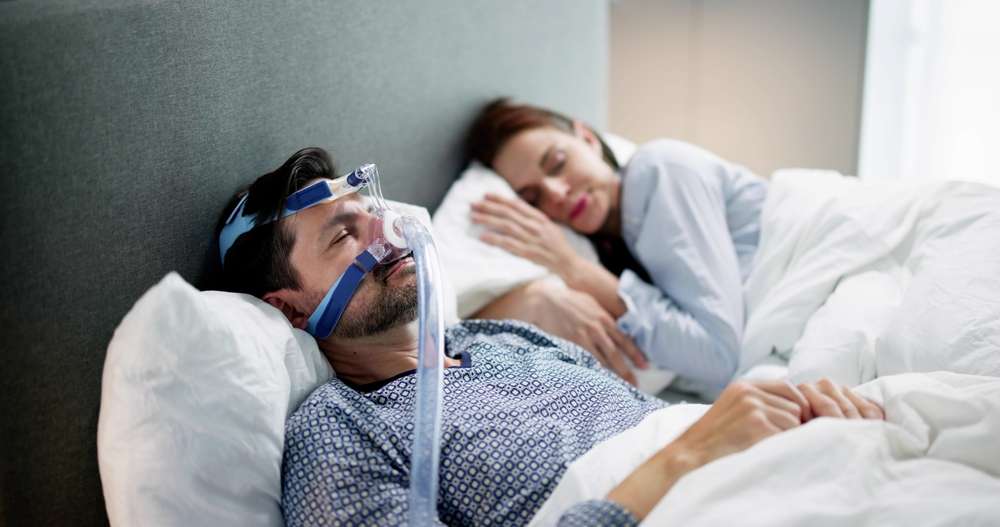Effective Sleep Disorder Treatment: Restoring Healthy Sleep
Trouble sleeping isn’t just an occasional nuisance — it can affect mood, concentration, metabolism, and overall quality of life. Understanding treatment options for sleep disorders helps people and families move from restless nights to restorative rest. This article explains common causes, how to recognize persistent problems like fatigue and daytime drowsiness, how bed and bedroom factors matter, and the evidence-based treatments used for insomnia and other sleep disorders. Practical steps and what to discuss with a clinician are highlighted so you can make informed choices about care and local services.

This article is for informational purposes only and should not be considered medical advice. Please consult a qualified healthcare professional for personalized guidance and treatment.
What causes poor sleep?
Poor sleep can arise from many sources: stress, irregular schedules, medical conditions (pain, respiratory disorders, restless legs), medications, substance use, and environmental factors. Psychological issues such as anxiety or depression commonly reduce sleep quality. Biological contributors include circadian rhythm disorders and hormonal shifts. Identifying the root cause often requires a detailed history and sometimes sleep studies. Addressing the underlying driver — whether behavioral, environmental, or medical — is typically the first step toward effective treatment and reduced daytime sleepiness.
Why does fatigue persist after rest?
Persistent fatigue despite spending enough hours in bed may signal that sleep is fragmented or non-restorative. Conditions such as sleep apnea, periodic limb movement disorder, or untreated mood disorders can cause ongoing tiredness. Poor sleep efficiency — long time awake in bed or frequent awakenings — reduces slow-wave and REM sleep that restore the brain and body. Lifestyle factors (irregular sleep times, excessive caffeine, or alcohol) also interfere. A clinician will assess sleep patterns, medication use, and possible medical causes to tailor interventions that reduce fatigue and restore daytime functioning.
When is daytime drowsiness a sign to act?
Daytime drowsiness that impairs work, driving, or daily tasks is a red flag. Brief lapses or micro-sleeps increase accident risk and lower productivity. Excessive drowsiness may accompany narcolepsy, obstructive sleep apnea, or chronic sleep deprivation. If you find it hard to stay alert in safe settings, fall asleep unintentionally, or require stimulants to remain functional, seek evaluation. Objective tools (sleep diaries, actigraphy) and screening questionnaires help quantify the problem, and sleep medicine specialists can recommend targeted testing or treatments to improve alertness and safety.
How does the bed environment affect rest?
Your bed and bedroom shape sleep more than many realize. A comfortable mattress and pillow that support neutral spine alignment reduce pain-related awakenings. Temperature, light exposure, and noise strongly influence sleep onset and continuity; cooler, dark, quiet rooms generally support better sleep. Avoiding screens in bed keeps the brain’s sleep signals intact. Bed should be associated with sleep and intimacy only: using it as an active workspace can train the brain to stay alert there. Small environmental changes often yield noticeable improvements in sleep quality.
What treatments help insomnia and other disorders?
Treatments are matched to diagnosis and severity. Cognitive Behavioral Therapy for Insomnia (CBT-I) is first-line for chronic insomnia and focuses on sleep restriction, stimulus control, and cognitive restructuring; it has durable benefits without medication side effects. For obstructive sleep apnea, CPAP or oral appliances improve breathing during sleep and reduce daytime fatigue. Medications (short-term sedative-hypnotics or targeted agents) can help selected patients but are usually combined with behavioral approaches. For restless legs, dopaminergic agents or iron repletion may be appropriate. A multidisciplinary plan — involving primary care, sleep specialists, or behavioral therapists — often gives the best outcomes, and many clinics offer programs or referrals to local services in your area.
Conclusion
Effective treatment of sleep disorders begins with accurate recognition of symptoms like fatigue and drowsiness and assessment of environmental contributors such as the bed and bedroom. Many evidence-based options exist — behavioral therapies, device-based treatments, and medications when appropriate — and combining approaches tailored to the individual usually produces the best results. Work with qualified local services or sleep specialists to identify causes, select treatments, and monitor progress for sustained improvements in sleep and daytime functioning.






